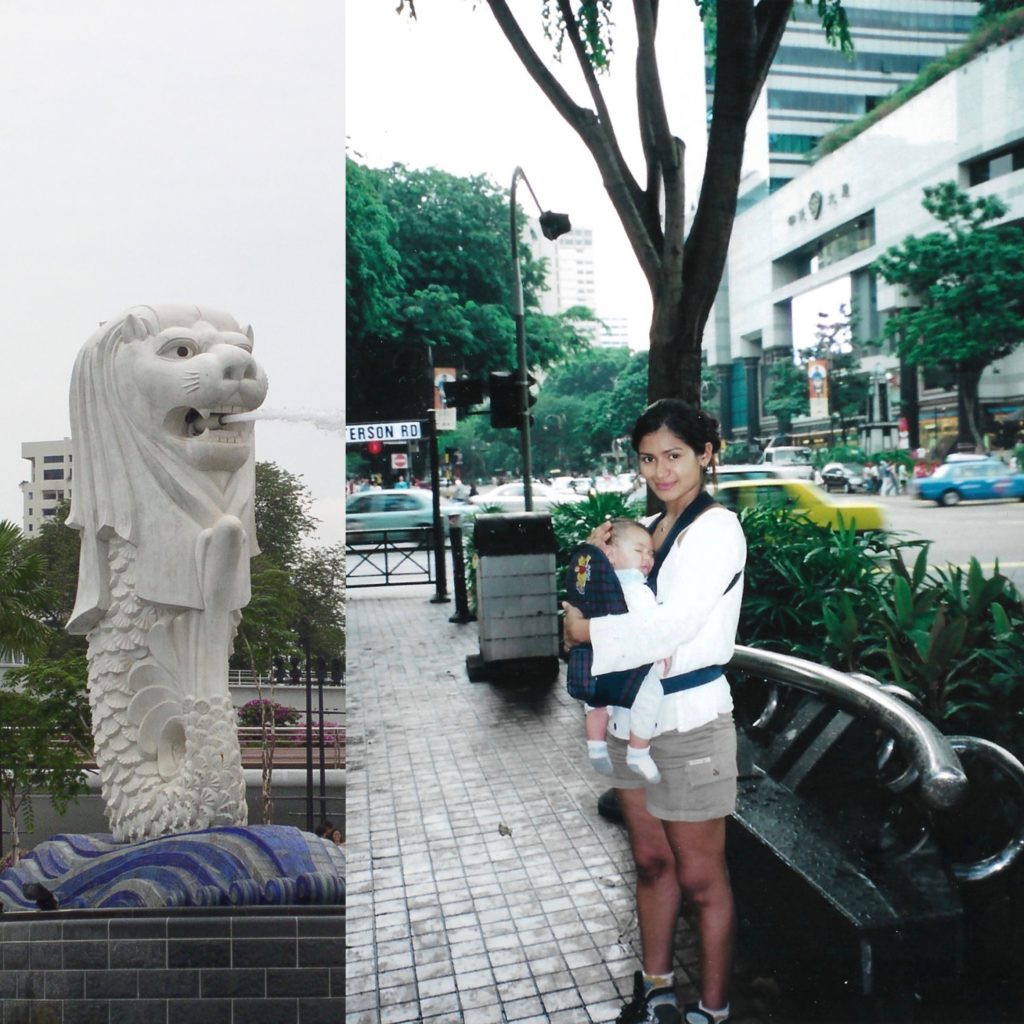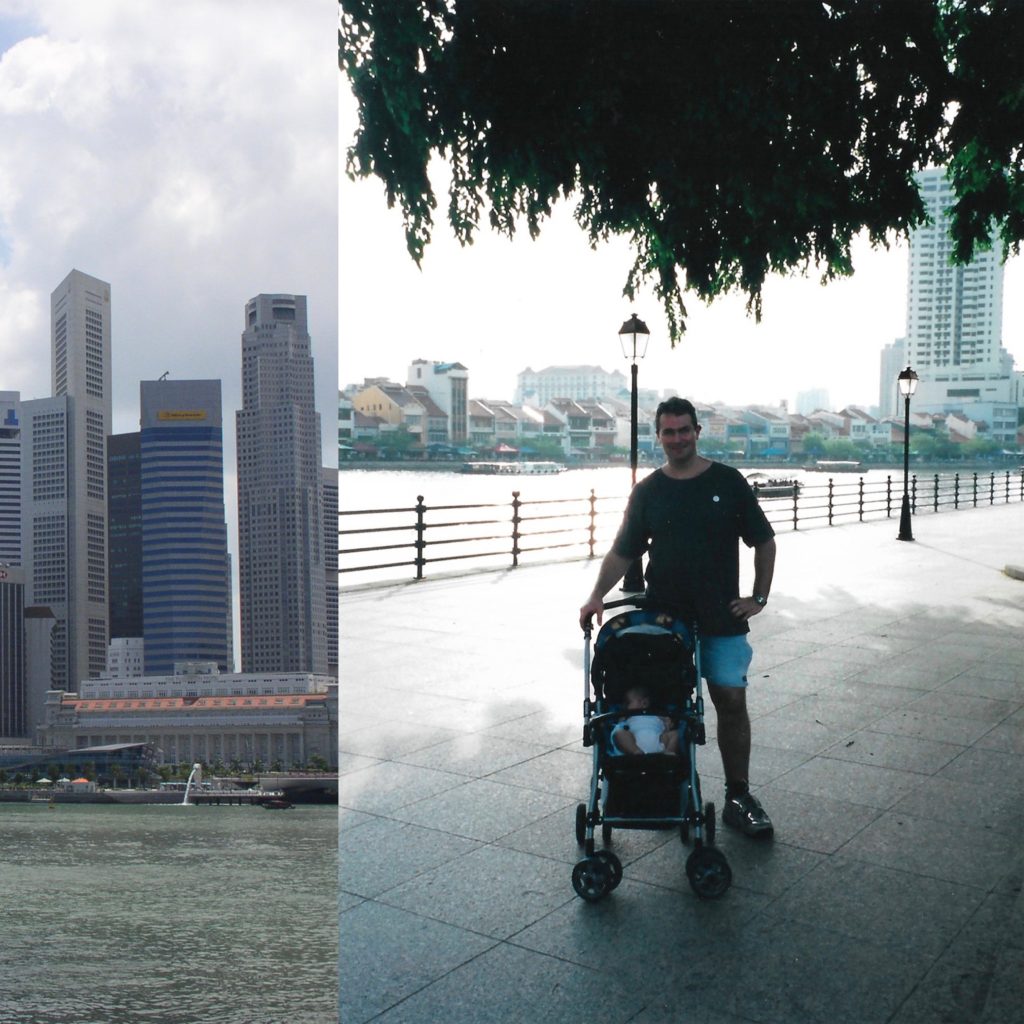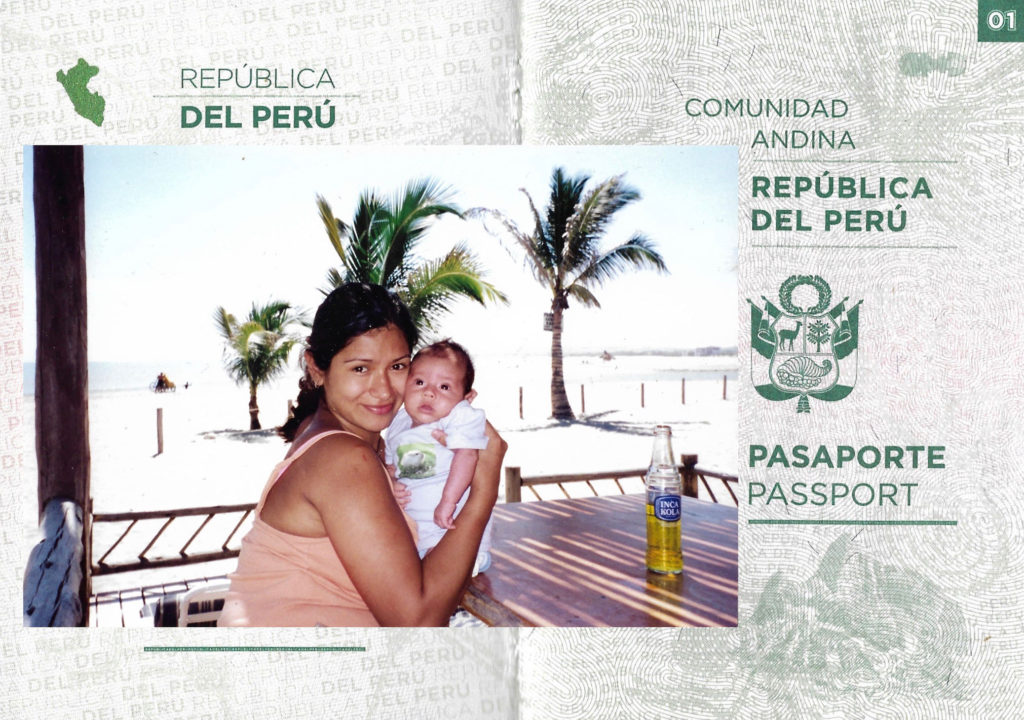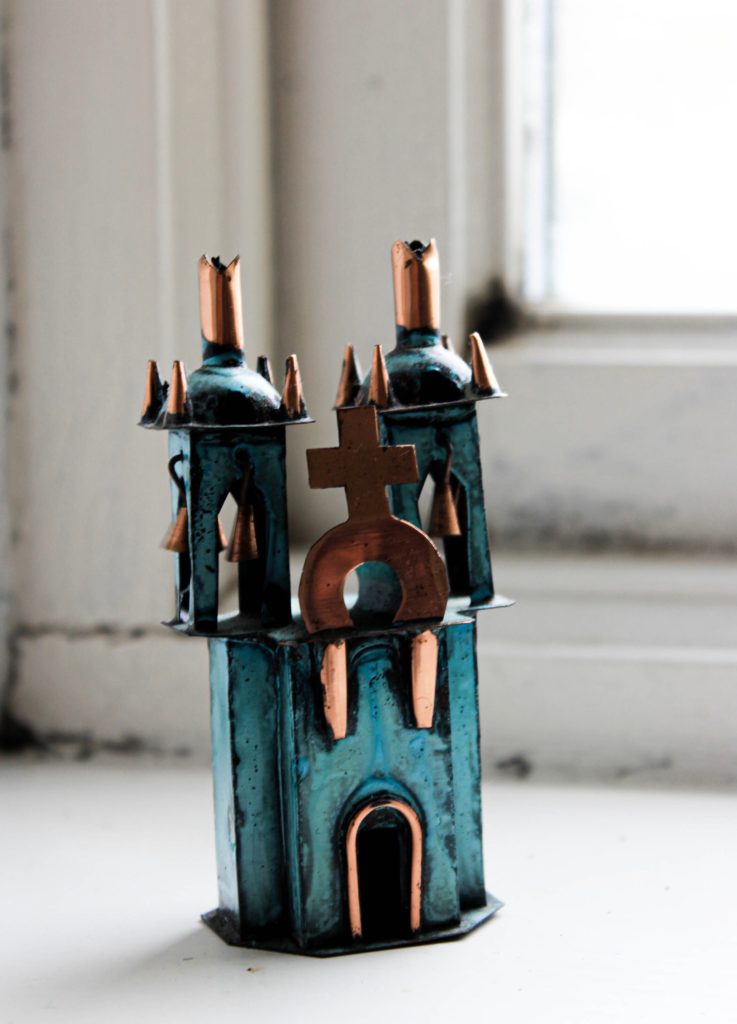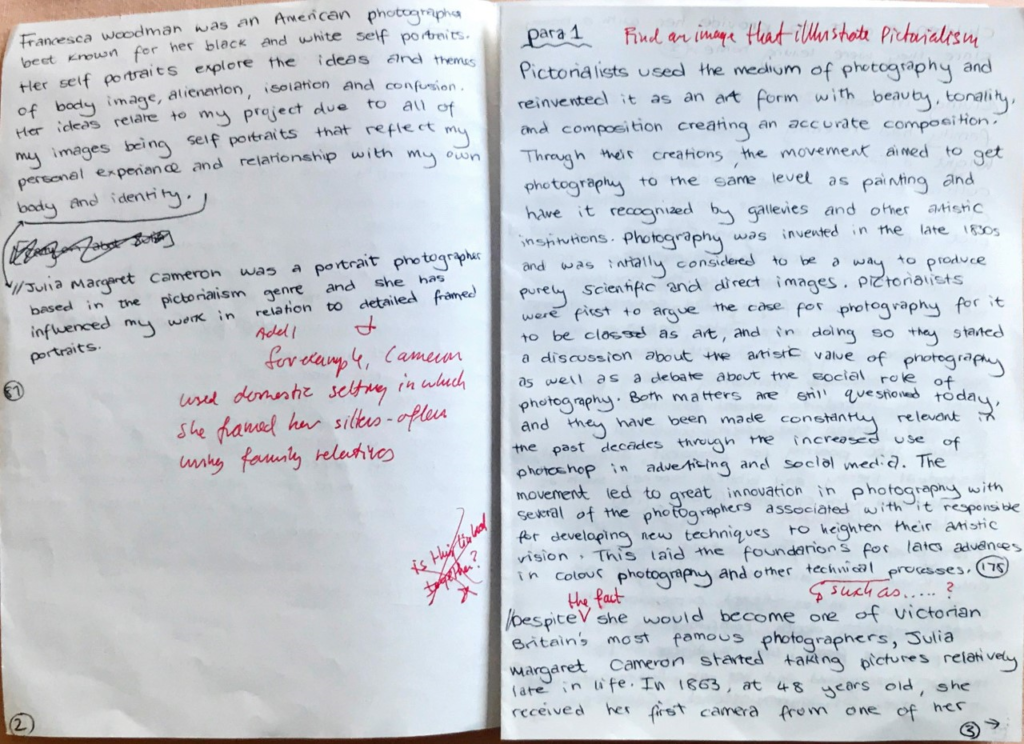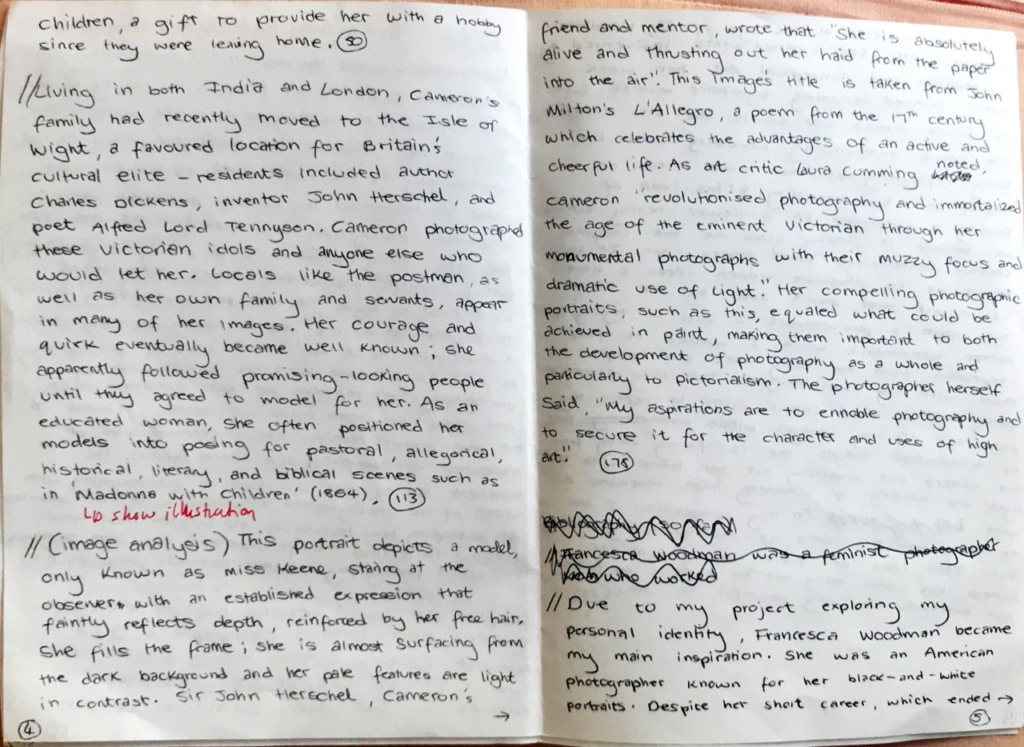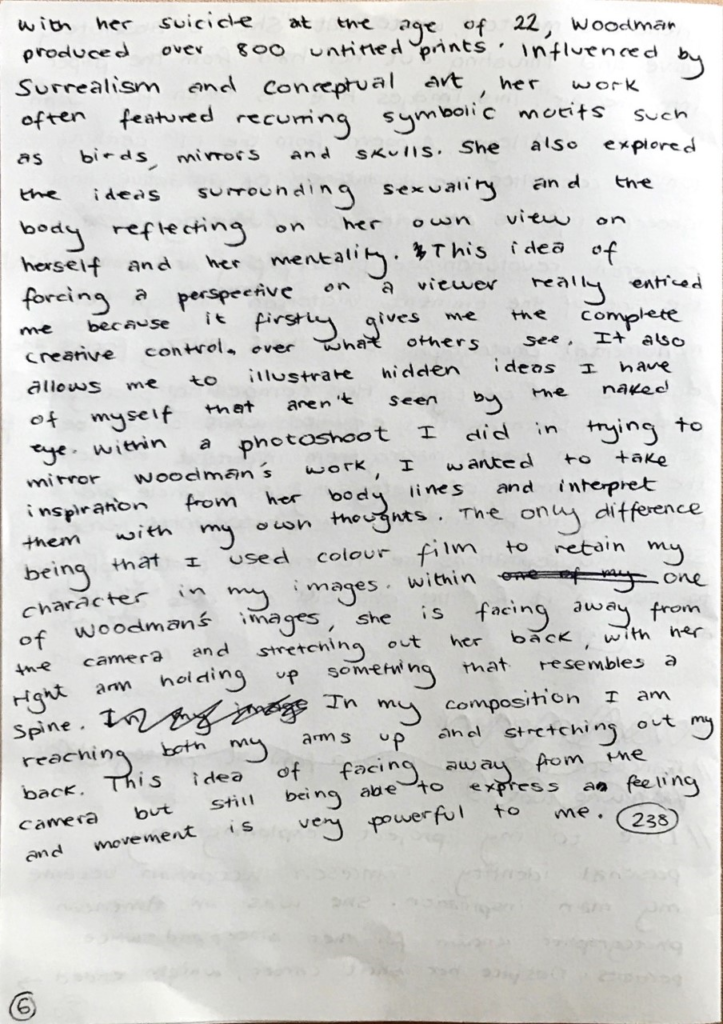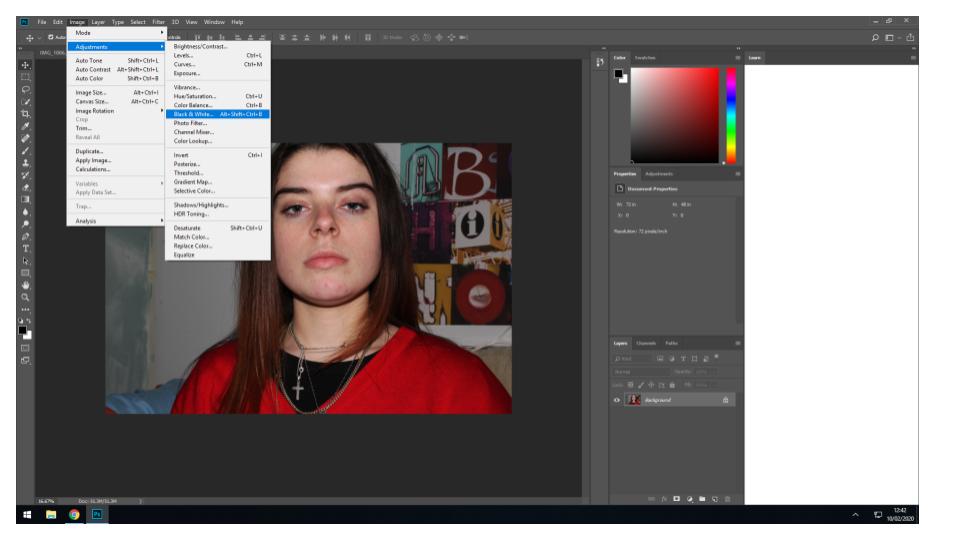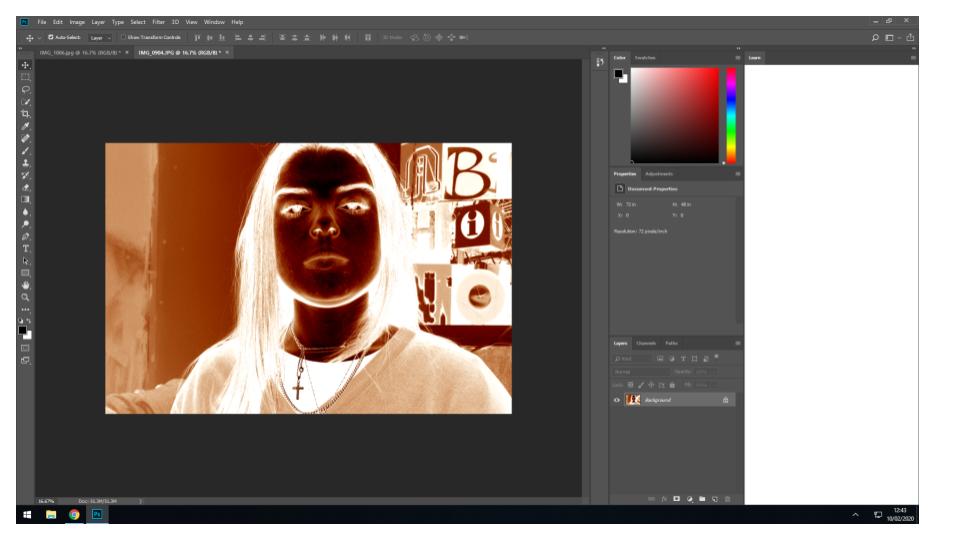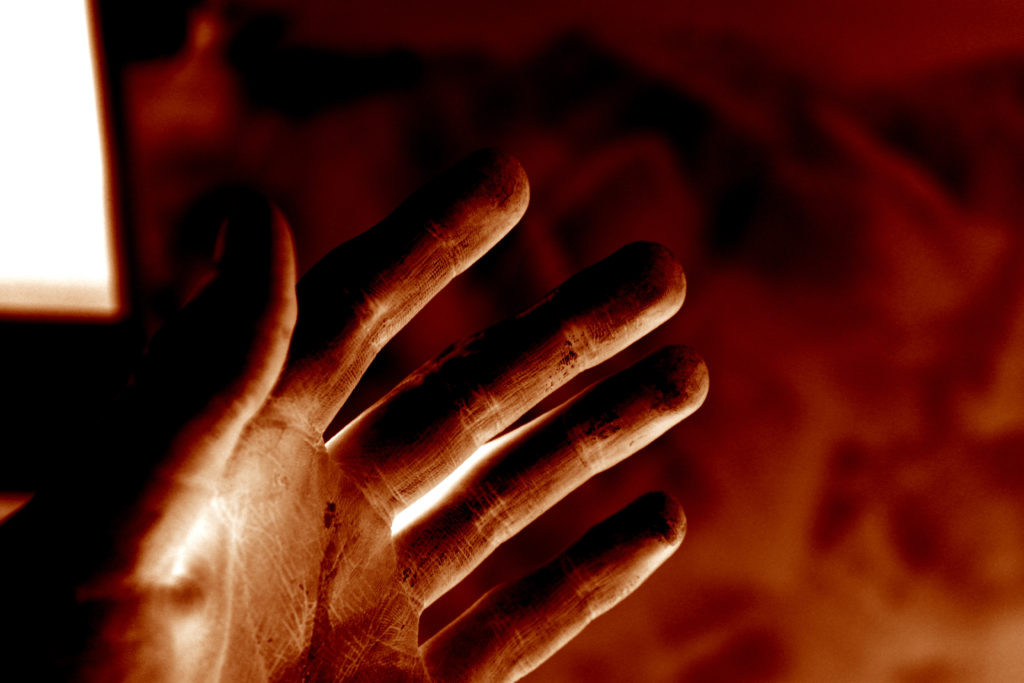Francesca Woodman: 606

Famous for her self portraits, Francesca Woodman preferred to work alone, but there’s more to her images than a representation of herself. At only age 22, Woodman threw herself out of a window in New York. This leaves her images forever tainted, in the sense it’s difficult to view them without wondering whether they’re a prediction of Woodman’s fate. In 1977, Woodman worked on ‘On Being An Angel’ while staying in Rome. The title in itself suggests a surreal approach to self portrait as the word ‘angel’ suggests the presence of a higher celestial being. While it is possible that the title could indicate that Woodman believes herself to be this celestial being, it is more likely that this refers to the faith, love, hope, strength and intelligence that angels often symbolize. However, this is a clear juxtaposition to certain extent. The images are in the black and white, mirroring the aesthetic of Woodman’s other works while also showing a darker undertone that suggests that Woodman sees herself as more of a misunderstood angel. It was not secret that Woodman was struggling with the lack of success and recognition her images were receiving. It had been clear to those close to her that her images were some of the best, so why didn’t others see that? One such image from ‘On Being An Angel,’ shows Woodman in a derelict building, her preferred location to shoot in, with two white sheets behind her as she leaps up in front of them as if flying. It is obvious that the sheet represents her angel wings and the image as whole suggests that Woodman wishes to take flight, to escape perhaps. Another striking feature present in this series is Woodman’s often completely bare chest. She has her breast thrust out, however, this is not by any means sexual. She had previously explored her body in several of her other works and had grown comfortable with it. Woodman wanted to show a certain rawness and maybe even innocence to the images one would find when thinking about angels. As for the idea of flying, Woodman has also previously referenced the theme of weightlessness in some of her other works taking in Rome. It seems perhaps that woodman was toying with the typical idea of angels taking flight while also thinking about how she might like to do the same. The reasoning behind this, some would suggest, comes down to her death. In 1981, Woodman threw herself out of a window in New York. The similarity between her chosen method to end her life and the images of flying is astounding. An article in The Telegraph suggests that Woodman’s images are ‘…coloured by her suicide.’ However, I find myself disagreeing with this to an extent. Is it really plausible that Woodman had been predicting her end since age thirteen? Of course not. She was simply just a girl that was doing what she loved while exploring and learning more about herself and where she fitted in the world. On the other hand, I think that some of her work during the last few years of her life may have had some kind of warning to it. Some of the images Woodman took in Rhode Island between 1975 and 1978 are captioned with almost foreboding messages. For example, one image is captioned, ‘I stopped playing the piano.’ Assuming Woodman stopping playing through lack of interest could suggest the beginning of her depression as the early signs of such mental illness often includes a sudden lack of interest or enjoyment of activities that may have even been a person’s favourite thing to do.














